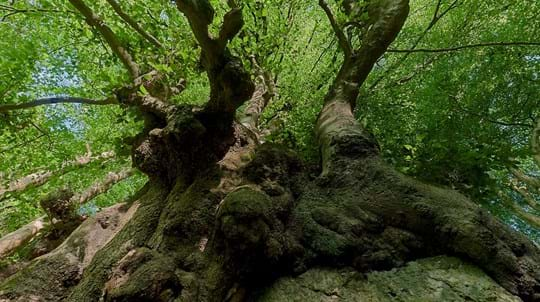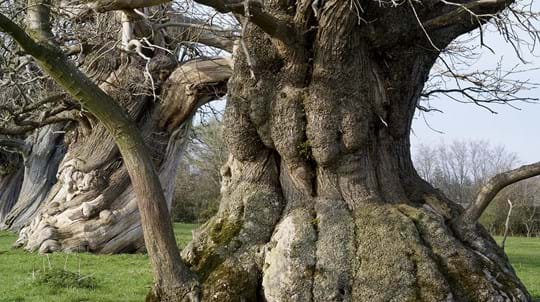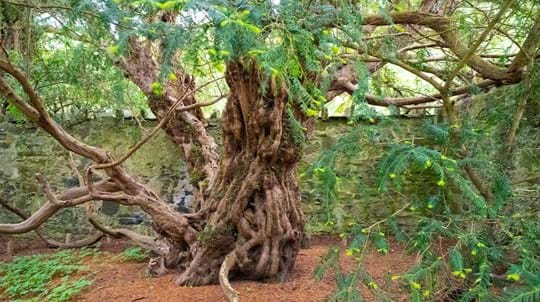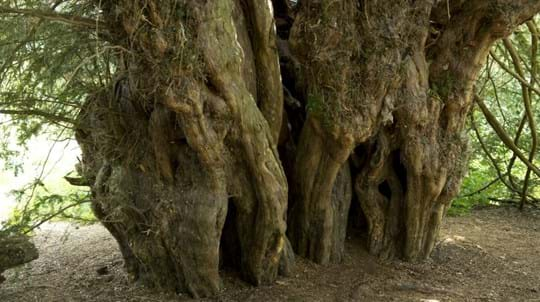
Keep living legends alive
Most of our oldest trees are not legally protected. We're urging governments across the UK to change that.
Read the latest
Assistant conservation evidence officer
If there’s one way to get close to nature, it’s stepping inside a giant hollow tree. But why do trees hollow out and what are the benefits?
Stand inside an ancient tree and you are standing inside a piece of history. Their hollow centres have even housed dinner parties, preacher’s pulpits and bullpens. It’s said that the centre of Lincolnshire's Bowthorpe Oak once held 39 people within its trunk!
A hollowing trunk is a natural process and not necessarily a sign of an ailing tree. The centre of the tree is deadwood which is slowly decayed by fungi. The fungi is perfectly happy in the deadwood and will rarely touch the living sapwood.
Trees spend years storing up minerals in the wood in the centre of the trunk. As this wood is decayed, the minerals are released and can be used once more by the tree. Along with the yearly supply of leaves and any decaying branches, the hollowing trunk is providing the tree with recycled nutrients, helping it to live longer.
A hollow trunk might react better in high winds too, allowing the tree to bend and reduce damage.
Hollow trunks are ideal homes for a lot of wildlife. There’s protection from extreme weather and the temperature will be much more constant than outside.
A hollowing trunk can provide a nesting or roost site for bats and birds. At the foot of the trunk, cavernous spaces are perfect for hedgehogs to hibernate or snakes to lay their eggs. Lots of fungi, epiphytes and invertebrates will also colonise a hollowing tree.
The UK has thousands of ancient trees - volunteers have recorded over 209,000 for the Ancient Tree Inventory. Our oldest trees, some over a thousand years old, are important to our heritage and wildlife, yet they don't have the protection they need. It’s time for this to change - and you can help.
We're calling for strong, consistent laws and policies that value and protect our oldest and most important trees – a system similar to that for listed buildings or ancient monuments. Sign our petition calling for governments across the UK to protect our living legends.

Most of our oldest trees are not legally protected. We're urging governments across the UK to change that.
Read the latest
Visiting woods
Ancient trees need special care and protection. There are thousands of ancient trees in the UK and we need your help to tell us where they are with the Ancient Tree Inventory.

Trees woods and wildlife
How long do trees live? How old before they're ancient? Get the low-down on ancient trees and where to find them in the UK.

Blog
Charlie Mellor • 29 Jan 2024

Blog
Kylie Harrison Mellor • 22 Jan 2018

Trees woods and wildlife
Dead and decaying wood is one of any woodland's most important microhabitats. Learn more about why we need more of it, as well as the rare and endangered beetles, colourful fungi and other threatened wildlife that relies on it.